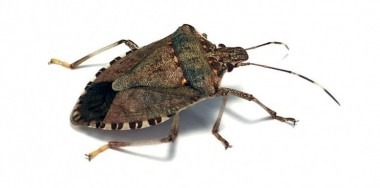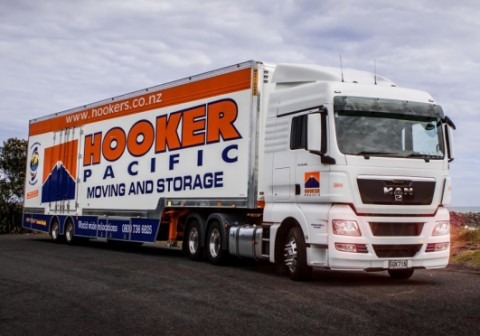
The Brown marmorated stink bug is one visitor we do not want in New Zealand. It’s an agricultural, horticultural and social pest. As New Zealand is a major food producer, if the BMSB gets a foothold in our country, it could devastate fruit and vegetable crops.
While they do not bite or carry diseases, the BMSB moves indoors during the winter months and can infest homes in large numbers. If disturbed, they release a noxious odour which can make some homes uninhabitable.
As a consequence, the Ministry for Primary Industries introduces control measures to reduce the risk of these pests getting into the country. This includes screening and eliminating at the border, which affects importers.
How is importing affected?
The BMSB is a notorious hitchhiker. It gets into clothes, luggage and packages. It also enjoys a cruise across the ocean in shipping containers. The BMSB currently has established populations in 37 different countries, so if you’re importing vehicles, machinery, parts and certain risk products, the BMSB control measures may apply to your consignment. Please note that the measures apply to all shipping containers from Italy, which has a large population of BMSBs.
Vehicles, machinery and parts are always classified as high risk products as they provide ideal nesting sites for the BMSB during their overwintering period from October to December.
Any imported goods from these affected countries that don’t comply with the strict control measures risk getting denied entry into New Zealand. The shipping industry is already under significant pressure from disruptions to supply chains, so it’s wise to check the BMSB guidelines to avoid additional delays.
How long do the seasonal measures apply?
The control measures for the 2022 to 2023 season apply to targeted goods manufactured in or shipped from the 37 target risk countries, including large areas of Asia, Europe, UK and USA.
The season begins on 1 September 2022 and ends on 30 April 2023. It includes all vessels visiting New Zealand that have berthed, loaded or transhipped in any of those countries during this period. The Ocean Bill of lading determines the date when goods get shipped, not the ‘gate-in’ date and time, which won’t be accepted as a shipping date.
Goods coming to New Zealand via Australia
New Zealand has aligned its control measures with the Department of Agriculture in Australia, but each country won’t carry out control measures for the other. The aligned measures include risk countries, treatments and the approved treatment providers who can carry out BMSB treatment before targeted goods arrive in New Zealand or Australia.
This means that importers, exporters and agents who import goods into New Zealand and Australia need to understand the requirements for each country to ensure compliance, and there are some differences, especially in the targeting of commodity types. If you’re importing goods into both countries, you will have to meet the requirements for both countries.
What are the BMSB treatment methods?
BMSB high risk target goods must be fumigated offshore before berthing in New Zealand. As all containers from Italy are considered risks, they must be treated before arriving in New Zealand regardless of commodity and container type.
New Zealand makes one exception to this rule. No treatment is necessary if the targeted goods were loaded into a fully enclosed container, which was sealed before 1 September and exported before 1 October 2022.
To comply with BMSB treatment measures, all vehicles, machinery and parts must be treated by an MPI approved offshore treatment provider prior to arrival in New Zealand.
Finally, these control measures will be reviewed throughout the season and adjusted to manage the risk of BMSB as necessary, so we will post any developments as they occur.
If you have any questions, please feel free to contact us or the Ministry for Primary Industries for more information.








